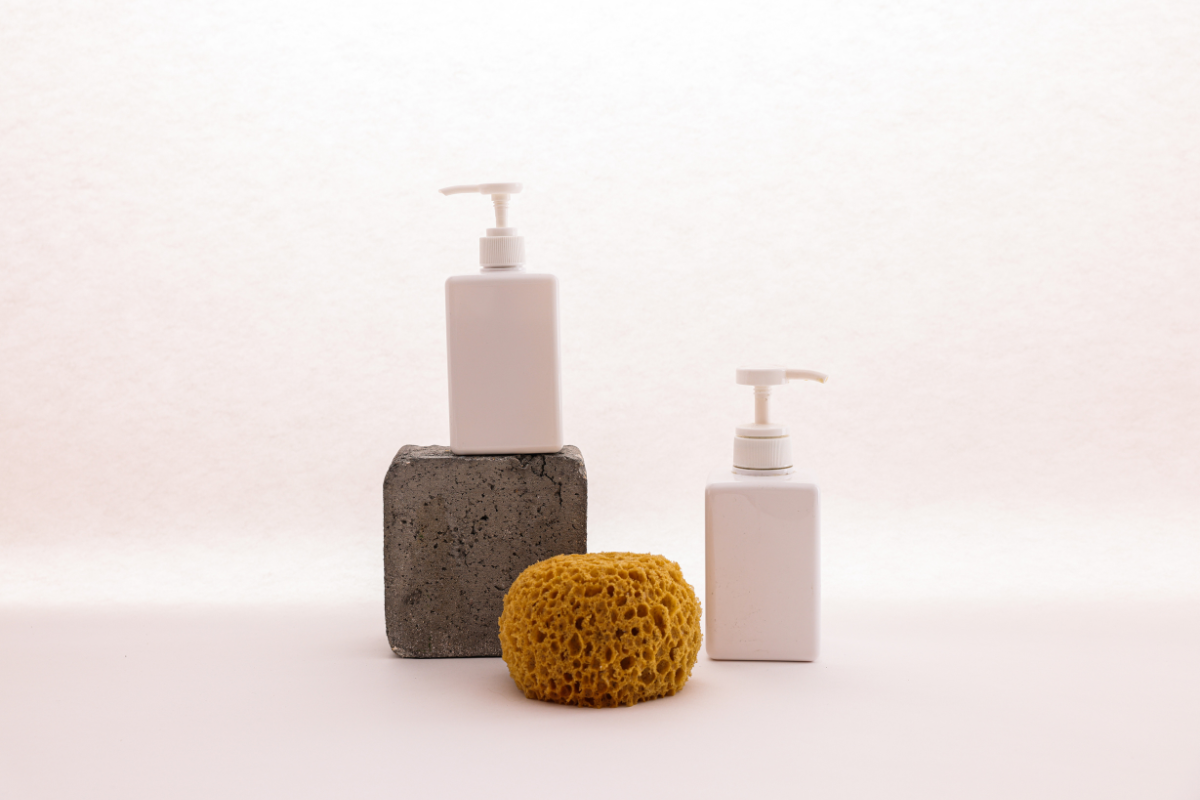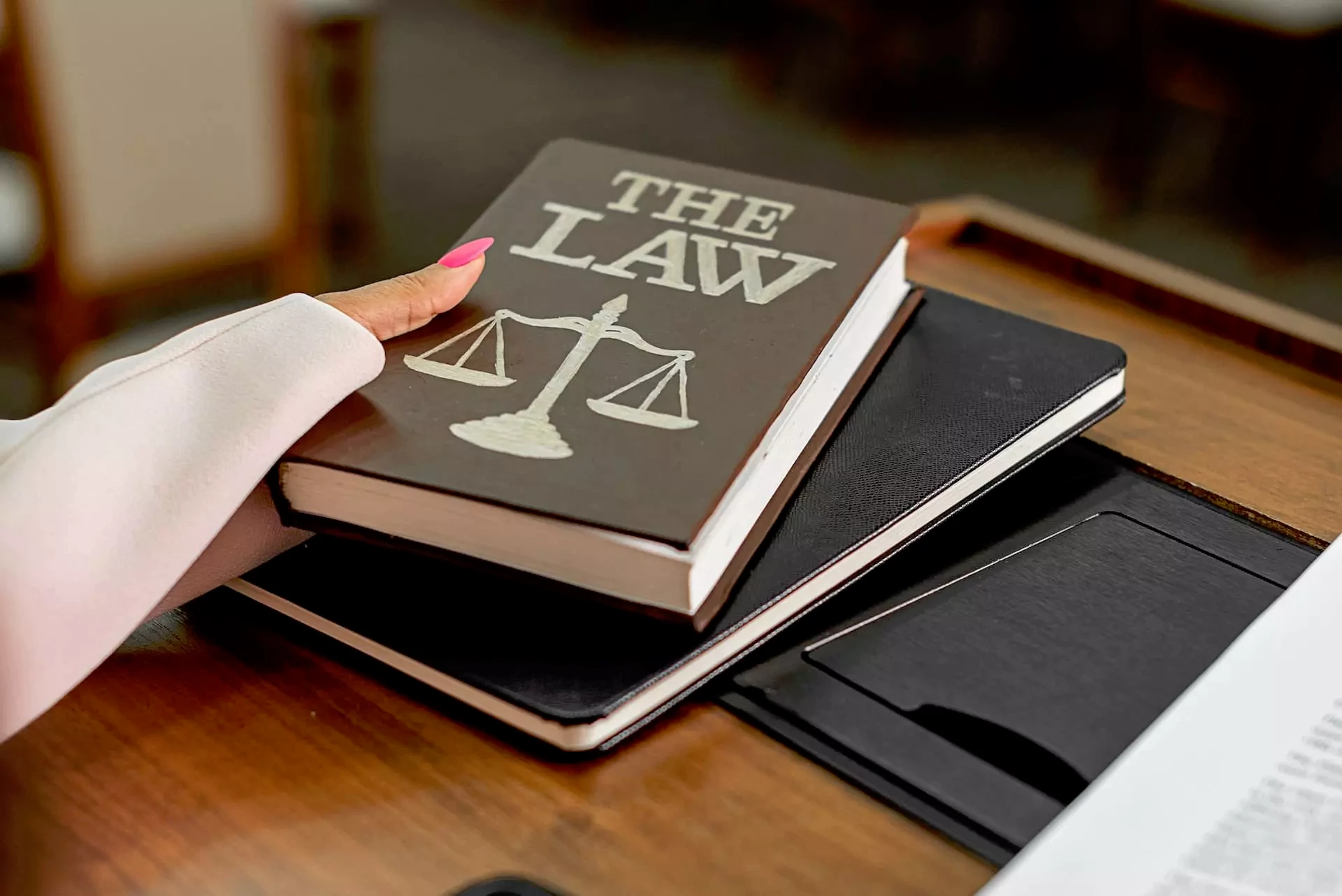Native Shampoo Lawsuit: Understanding The Controversy And Legal Implications
The native shampoo lawsuit has sparked significant debate and garnered widespread attention in recent years. Consumers are increasingly scrutinizing the products they use, and lawsuits related to misleading claims or harmful ingredients in personal care products have become a common occurrence. This lawsuit is not just a legal battle but a reflection of the growing consumer demand for transparency and safety in the beauty industry.
As people become more aware of the potential risks associated with certain ingredients in shampoos, the native shampoo lawsuit serves as a critical case study in understanding the complexities of product liability and consumer rights. The case highlights the importance of companies being honest about their product formulations and the potential health impacts they may have.
This article delves deep into the native shampoo lawsuit, exploring its origins, key players, legal proceedings, and the broader implications for both consumers and the beauty industry. Whether you're a consumer seeking clarity or a business owner looking to avoid similar pitfalls, this comprehensive guide will provide valuable insights into the controversy surrounding native shampoo.
Read also:Lamine Yamal Girlfriend Unveiling The Relationship Journey
Table of Contents
- Introduction to Native Shampoo Lawsuit
- Background of Native Shampoo
- Details of the Native Shampoo Lawsuit
- Key Issues Raised in the Lawsuit
- The Legal Process Explained
- Impact on Consumers
- Effect on the Beauty Industry
- Regulatory Response and Reforms
- Preventing Future Lawsuits
- Conclusion and Call to Action
Introduction to Native Shampoo Lawsuit
The native shampoo lawsuit has emerged as a pivotal moment in the beauty industry, reflecting a broader trend of consumer activism and legal challenges against product manufacturers. This lawsuit focuses on allegations that certain shampoo products marketed as "native" or "natural" contain harmful ingredients or misleading claims. The controversy has drawn attention not only to the specific case but also to the larger issues of transparency and accountability in product labeling.
For consumers, understanding the native shampoo lawsuit is essential for making informed decisions about personal care products. The case serves as a wake-up call for companies to ensure that their marketing practices align with the realities of their product formulations. As the legal proceedings unfold, the outcomes could set important precedents for future product liability cases.
Background of Native Shampoo
What is Native Shampoo?
Native shampoo refers to a category of hair care products marketed as being derived from natural or indigenous ingredients. These products often emphasize their use of plant-based formulations and eco-friendly packaging, appealing to consumers who prioritize sustainability and health-conscious choices. However, the term "native" can be ambiguous, leading to misunderstandings about the product's composition.
Popularity and Market Growth
In recent years, native shampoos have gained significant popularity, driven by consumer demand for products that align with ethical and environmental values. According to market research by Statista, the global natural personal care products market is projected to reach $22 billion by 2024. This growth underscores the increasing importance of transparency in product labeling and formulation.
Details of the Native Shampoo Lawsuit
The native shampoo lawsuit was initiated by a group of consumers who alleged that the manufacturer misrepresented the product's ingredients and health benefits. The plaintiffs claimed that the shampoo contained synthetic chemicals not disclosed on the label, violating consumer protection laws. The case highlights the challenges of balancing marketing claims with scientific evidence.
Key Issues Raised in the Lawsuit
Misleading Labeling
One of the primary issues in the lawsuit revolves around misleading labeling practices. Consumers argue that the term "native" creates an impression of purity and authenticity, which may not align with the actual product composition. This discrepancy raises questions about the ethical responsibilities of manufacturers in representing their products accurately.
Read also:Hot Chocolate Run The Ultimate Guide To An Exciting Chocolatefueled Adventure
Potential Health Risks
Another critical concern is the potential health risks associated with undisclosed ingredients. Synthetic chemicals found in some native shampoos have been linked to skin irritation, allergic reactions, and other adverse effects. The lawsuit seeks to hold the manufacturer accountable for failing to adequately inform consumers about these risks.
The Legal Process Explained
The legal process for the native shampoo lawsuit involves several stages, including filing the complaint, discovery, and potential settlement or trial. During the discovery phase, both parties gather evidence to support their claims. This may include expert testimonies, product testing results, and internal company documents. The outcome of the case could have significant implications for how companies market and label their products in the future.
Impact on Consumers
Increased Awareness
The native shampoo lawsuit has contributed to increased consumer awareness about the importance of reading product labels and understanding ingredient lists. Consumers are now more likely to research the companies they buy from and seek out third-party certifications to verify product claims.
Changing Purchasing Behavior
As a result of the lawsuit, many consumers are altering their purchasing behavior, opting for brands that prioritize transparency and ethical practices. This shift in consumer preferences is driving companies to reevaluate their marketing strategies and product formulations.
Effect on the Beauty Industry
Shift Towards Transparency
The beauty industry is experiencing a paradigm shift towards greater transparency in response to the native shampoo lawsuit and similar cases. Companies are increasingly adopting clear labeling practices and providing detailed information about their products' ingredients and sourcing.
Regulatory Compliance
To avoid future lawsuits, beauty companies are also focusing on ensuring compliance with regulatory standards. This includes adhering to guidelines set by organizations such as the FDA and EU Cosmetics Regulation, which mandate accurate labeling and safe ingredient usage.
Regulatory Response and Reforms
Regulatory bodies have taken notice of the native shampoo lawsuit and its implications for consumer protection. In response, they are implementing stricter regulations and increasing oversight of product labeling and marketing practices. These reforms aim to enhance consumer confidence and ensure that companies operate with integrity.
Preventing Future Lawsuits
Best Practices for Manufacturers
To prevent future lawsuits, manufacturers should adopt best practices such as conducting thorough ingredient testing, maintaining transparent communication with consumers, and obtaining third-party certifications. By prioritizing consumer safety and trust, companies can mitigate the risk of legal challenges.
Consumer Education
Education is key to empowering consumers to make informed decisions about the products they use. Companies can play a role in this by providing educational resources and encouraging open dialogue with their customer base. This collaborative approach can foster trust and reduce the likelihood of misunderstandings or disputes.
Conclusion and Call to Action
The native shampoo lawsuit represents a significant moment in the evolution of consumer rights and product transparency in the beauty industry. By examining the details of the case and its broader implications, we gain valuable insights into the challenges and opportunities facing both consumers and manufacturers. As the legal proceedings continue, it is crucial for all stakeholders to remain informed and engaged.
We invite you to join the conversation by leaving your thoughts and questions in the comments section below. Share this article with others who may find it informative, and explore our other resources to deepen your understanding of consumer protection and product safety. Together, we can advocate for a more transparent and accountable beauty industry.


